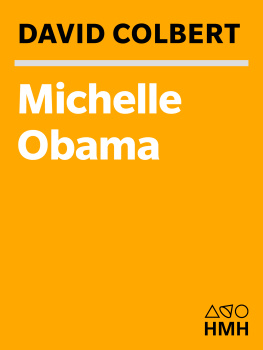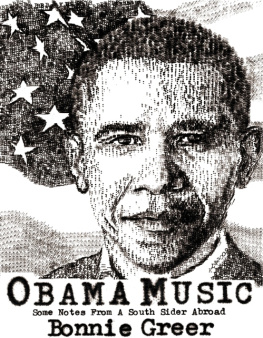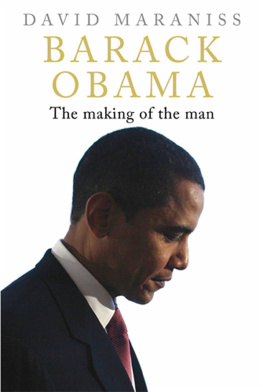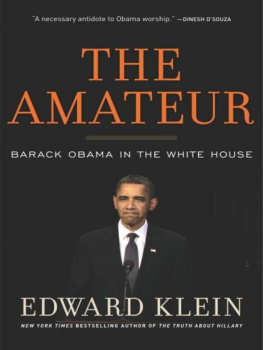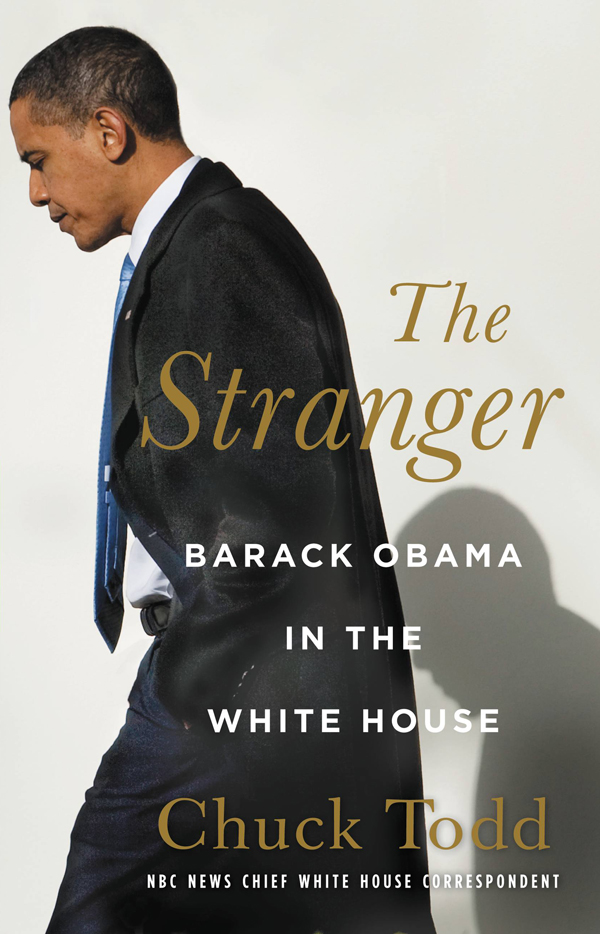A presidents legacy takes years, even decades, to fully reveal itself. Historians are still fighting over some of our earliest presidents and their proper places in the more than two-century-old American experiment. This book is an attempt to bring readers behind the scenes to understand both who Barack Obama is and who he isnt, what he strives to be and what he actually is. The careful portrait painted by Obamas handlers, and to an incredible degree crafted by the president himself, has created an image in the eyes of his fans and his detractors. But that image is hardly representative of the president and the administration he has built. He is neither the liberal his allies had hoped for nor the one his enemies belittle. Americans rarely rush a nobody to the presidency, and when they do, its usually out of a combination of frustration and anticipationthink Jimmy Carter postWatergate/Vietnam. Obama was rushed into the White House by an American public fed up with Washington and frustrated by Americas position in the world after 9/11. Obamas was still one of the more remarkable rises in American history and one this book sets out to understand.
In January 2007, just before her husband formally launched his campaign, Michelle Obama sat down for breakfast at a restaurant in Hyde Park, the familys neighborhood in Chicago, with Jan Schakowsky. Schakowsky, a short, fiery, and loyal liberal Democrat who represented a nearby congressional district, had helped Barack Obama at the beginning of his career, lending her support during Obamas run for state senate; she recalls seeing the rookie candidate standing alone at the entrance to a local Democratic event, handing out literature, and she stood next to him to lend a little credibility. So Schakowsky, like anyone who watches a former pupil succeed, was now excited by the prospect of an Obama presidential run, but also a little worried. He needs security, Schakowsky said. Are you worried about the family? Michelle Obama just smiled as Schakowsky continued. You know, there are people in the community, and even some in the family, who are really afraid for him, she explained. Schakowsky was expressing a fear many supporters her age and older would constantly be thinking during Obamas historic presidential run that first time. After all, Schakowsky lived through the 1960s and that era of political assassinations. For baby boomers of a certain age, it was not a matter of if but when some wacko was going to take a shot at the young African American candidate. It set up a lot of interesting friendly editorial battles in newsrooms between baby boomerera senior editors and producers and younger reporters. For older baby boomers the fear was real, but for tweeners like Barack and Michelle Obama and their contemporaries, while they had been alive at the time of those tragic killings, they were very young. Barack was not yet seven in 1968, the year that saw lone gunmen take the lives of Bobby Kennedy and Martin Luther King Jr.; Michelle was even younger. She told Schakowsky they had held a family meeting to discuss the pros and cons of running for president: We decided, what if Barack Obama is the president of the United States, and what if hes able to do all these great things for our country? And we decided, absolutely, its worth going through all these what-ifs.
In part, Obamas meteoric rise reflected a hunger Americans were feeling at the time, a deep-seated need for change after almost two decades of Washington partisan warfare. Bill Clinton, George W. Bush, Newt Gingrich, Tom DeLay, Al Gore, John Kerry, impeachment, the Iraq WarAmerican politics had been doing nothing but disappoint, left and right alike. And since those disappointments were being overseen by white male baby boomers, it was easy for Americans to picture Obama representing change. Perhaps a young, energetic black man from the tail end of that generation, one influenced more by the 1980s and 90s than by the Vietnam War and the civil rights movement, would change the way Washington workedits a sentiment many Obama loyalists tried to remind the president of from time to time. Robert Gibbs, the presidents first White House press secretary, never believed voters were sending the message that the country was ready for a black president in 2008; he always believed the country was so desperate for change that many overlooked their own prejudices and simply wanted Washington to understand: We so want you to change the way you do business, well even send a black man to the White House, so Gibbs would regularly remind his colleagues
But Obamas rise also came at a moment when the cynical media that had covered all those flawed candidates was changing dramatically. The thirst for someone different, especially among a newly partisan media, gave Obama the candidate exposure, even in 2004 when he first came to national prominence, when he could be contrasted with the stiff and stale Kerry. The rise of YouTube and social media gave the candidate unfettered access to the activists and voters he was trying to reach. And Obama received fawning coveragewhich drove opponents from Hillary Clinton to John McCain to Mitt Romney crazy at timesdue in no small part to the baby boomers who ran Americas newsrooms, all of whom had grown up during the civil rights era and many of whom were drawn to the notion of Americas first black presidenteven as they all feared the worst.





